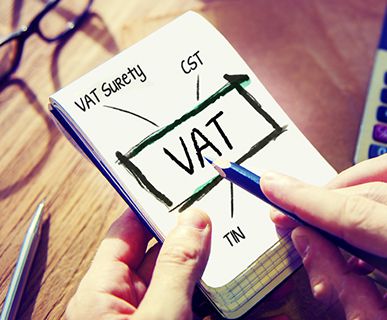
Apart from functioning as a revenue source for the government, taxes play a key role in the regulation of goods and services in the market of any country. Many countries have been following the VAT scheme for quite some time while others have opted to stay away from it with the purpose of promotion of trading in free zones. Some like the UAE have incorporated VAT taxation in their country’s financial structure at 5% recently, intending to improve public amenities with the generated revenue.

All clients of registered companies and traders will be charged VAT at the current rate for the goods and services they purchase from suppliers. The difference is either claimed back or given to the government.
VAT is a sort of indirect tax that the seller collects from customers and then returns to the government. It is levied on them when an invoice is issued. The majority of registered business owners and service providers feel uneasy and a little apprehensive about VAT because it is a relatively new taxing scheme in the country and because the restrictions are now much stricter than they used to be. The VAT obligation is the difference between the input tax (VAT paid on purchases) that is recovered for a certain tax period and the output tax payable (VAT levied on supplies of goods and services) for that tax period.The difference must be paid to FTA when the output tax is greater than the amount of the input tax. A taxable person will have the excess input tax recovered when the input tax is more than the output tax he is then allowed to deduct it from future FTA payments that are owed. Businesses will be in charge of meticulously documenting their revenue, expenses, and related VAT levies.The difference must be paid to FTA when the output tax is greater than the amount of the input tax. A taxable person will have the excess input tax recovered when the input tax is more than the output tax; he is then allowed to deduct it from future FTA payments that are owed. Businesses will be in charge of meticulously documenting their revenue, expenses, and related VAT levies.